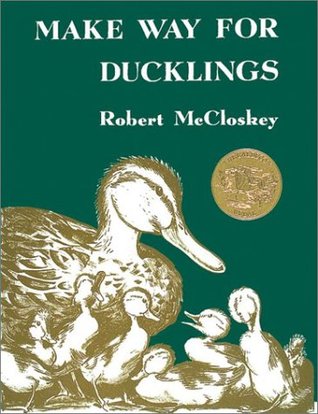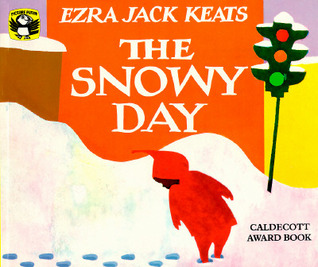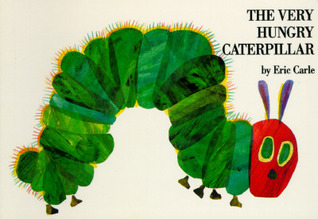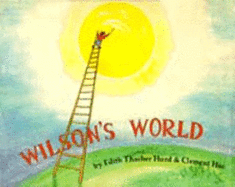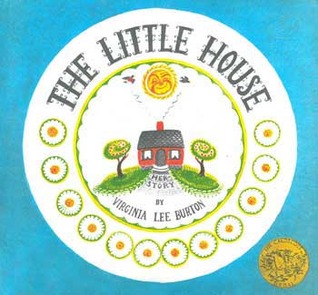Nonfiction Picture Book Wednesday
Nonfiction Picture Book Wednesday is hosted by Kid Lit Frenzy and was started to help promote the reading of nonfiction texts. Most Wednesdays, we will be participating and will review a nonfiction text (though it may not always be a picture book).
Be sure to visit Kid Lit Frenzy and see what other nonfiction books are shared this week!
Jimmy the Joey: The True Story of an Amazing Koala Rescue
Authors: Deborah Lee Rose and Susan Kelly
Photographer: Susan Kelly
Published July 9th, 2013 by National Geographic Children’s Books
Goodreads Summary: This warm and inspirational photographic picture book for ages 4 to 8 is a compelling and uplifting true story, with a sweet message about coping with loss that draws attention to an important and threatened wild animal.
Jimmy is an adorable baby koala whose tender tale is sure to strike at the heartstrings of every animal lover. Readers will marvel at Jimmy’s new life at Koala Hospital, being raised by loving human caregivers and interacting with other koalas healing from injury. The book also introduces young readers to the need for conservational awareness: Through Jimmy’s life story readers will come to understand the many obstacles koalas and other species face today.
My Review: So I must warn you. This book is full of adorable. You fall in love with Joey instantly and will love every second of his story. Joey’s story is combined with information about koalas as well as information about conservation. However, it never gets preachy; it is just the facts of Jimmy’s story. Oh, and did I say ADORABLE?!?!
Teacher’s Tools for Navigation: This will be a favorite read aloud in elementary classrooms. How can you not love reading about this adorable koala. The read aloud cold easily move into cause and effect discussions about how the environmental changes are effecting animals. Jimmy would be a great introduction to deforestation.
Discussion Questions: How did the tearing down of forests effect Jimmy’s life?; Why does the Koala Hospital let the koalas go after they are better?
We Flagged: “Many trees in the forest had been cut down to make room for roads and people’s houses. The mother koala needed to find a new tree with plenty of fresh leaves to eat. One starry night, with her joey holding tight to her fur, the mother koala climbed slowly to the ground.” (p. 6)
Read This If You Loved: Seymour Simon animal nonfiction books, Let’s Make a Difference: We Can Help Orangutans by Gabriella Francine, Can We Save the Tiger? by Martin Jenkins, Seabird in the Forest by Joan Dunning
Recommended For:
**Thank you to Tracey at Media Masters Publicity for providing a copy for review!!**

















